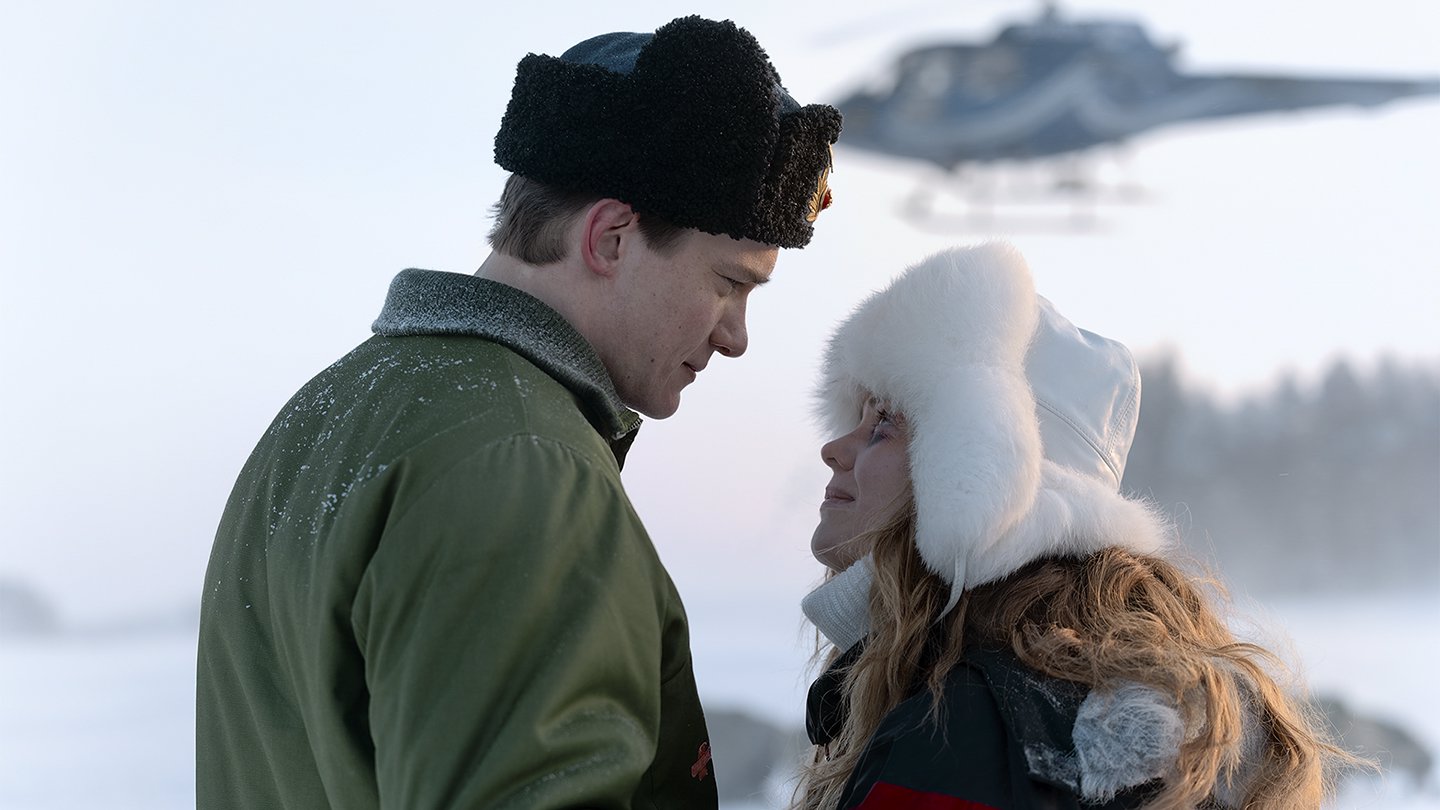The collaborative brilliance of director Miia Tervo and actress Oona Airola forms the heart and soul of The Missile (Ohjus, 2023), a film that effortlessly evokes a myriad of emotions.
Director Miia Tervo’s passion shines through as she skillfully brings to life an event from 1984, transcending the barriers of time and distance that separate Finland from many European countries. The film delves into Finland’s historical inferiority complexes concerning the USSR, resonating with the fears that the Soviet power instilled in the rest of the world. The censorship prevalent in some countries regarding the actions of the USSR doesn’t feel distant, particularly in light of current events between Russia and Ukraine. Tervo’s adept storytelling weaves a seamless connection between the past and present, offering a profound exploration of how historical dynamics continue to influence contemporary geopolitics.
Oona Airola’s performance is nothing short of exceptional as she immerses us in the world of a helpless mother, grappling with the inexorable passage of time. A pivotal moment early in the film, where her car, laden with a tree, careens out of control, becomes a metaphorical premonition. It compellingly illustrates the idea that sometimes we must let events overtake us to prompt a transformative shift in our lives and, consequently, our destinies.
The protagonist becomes the living embodiment of a nation, Finland. This poignant narrative unfolds as both she and the country grapple with an inherent inability to utter the word “no”. The film masterfully captures the essence of mistreatment and humiliation, echoing a lack of control over their shared destiny.
The overarching theme revolves around a palpable struggle for autonomy, where the protagonist and her homeland find themselves at the mercy of a powerful neighboring country or a turbulent ex-partner. The absence of apparent management of their future accentuates the dire predicament they face, mirroring the historical challenges Finland endured.
The film subtly weaves a narrative of a painful exit, where the affected parties are left to fend for themselves. No external saviors emerge, reflecting the harsh reality that the citizens and the nation must learn to defend themselves against abuse. This portrayal carries a metaphorical weight, illustrating the resilience required to navigate tumultuous relationships, whether on an individual or national scale.
The humor is primarily anchored in the protagonist, Niina, finding herself in ludicrous situations, like a comical episode of toppling off a chair while eavesdropping on nearby soldiers. These instances serve to accentuate the pathetic nature of Niina’s character, highlighting her disconnect to the point where she becomes the unwitting subject of laughter. This comedic element serves a dual purpose, not merely to humanize Niina but also as a strategic release valve, as a crucial mechanism to alleviate the escalating tension that permeates the storyline. As the audience becomes more entangled in the intricate web of events, these moments of levity offer a brief respite, allowing viewers to exhale and recalibrate their emotional engagement with the film.
Adding layers of complexity to the narrative is the introduction of a navy pilot, a character that personifies modernity and liberation. In a reflection of the societal landscape, the pilot embodies qualities that Niina lacks, representing the liberalization occurring at that time in neighboring countries like Sweden or Norway. This contrast underscores the generational and ideological shift, with the pilot epitomizing youth and lack of commitment, while Niina has to deal with the weight of age, past traumas, and familial responsibilities.
The presence of a navy pilot becomes also a mirror reflecting the winds of change, illustrating the dichotomy between the silent and censored Finland and the freely spreading news in Norway or Sweden. The film uses these differences to say something meaningful about the challenges and dynamics of that era. It helps us understand how people in Finland may have had a harder time compared to their neighbors. The juxtaposition of these contrasting lives adds depth to the story, giving us a glimpse into the broader context of the film’s setting.
In the simplicity of its narrative and the depth of its characters, the film transcends the boundaries of time and geography, offering audiences a captivating exploration of humanity, resilience, and the intricacies of national identity.
David Sanchez
© FIPRESCI 2024

